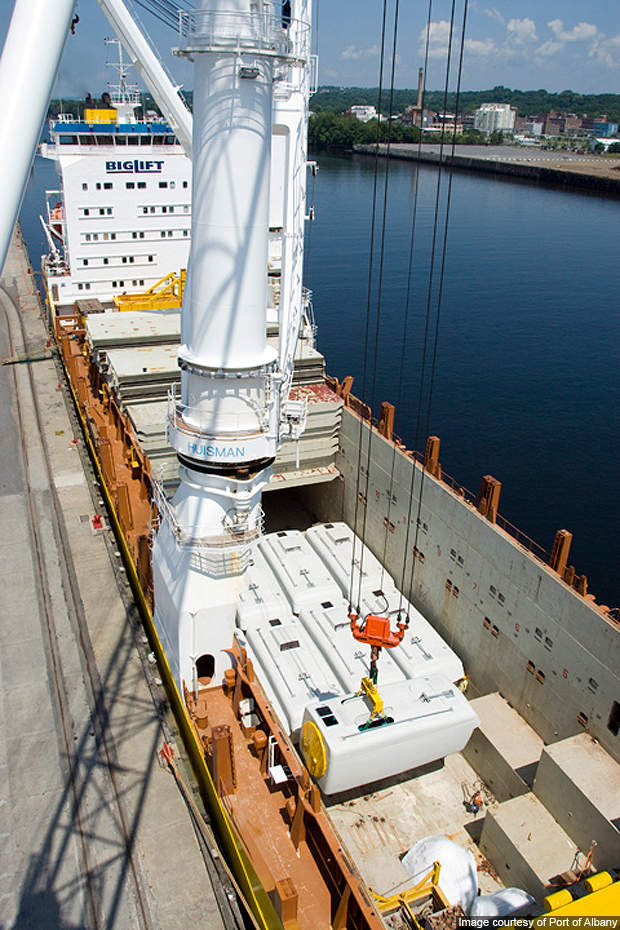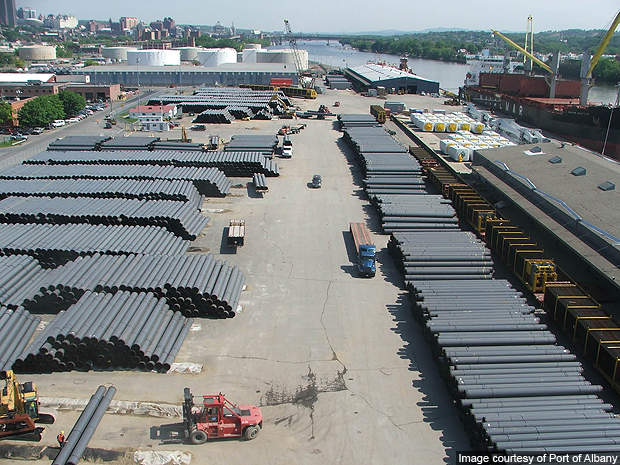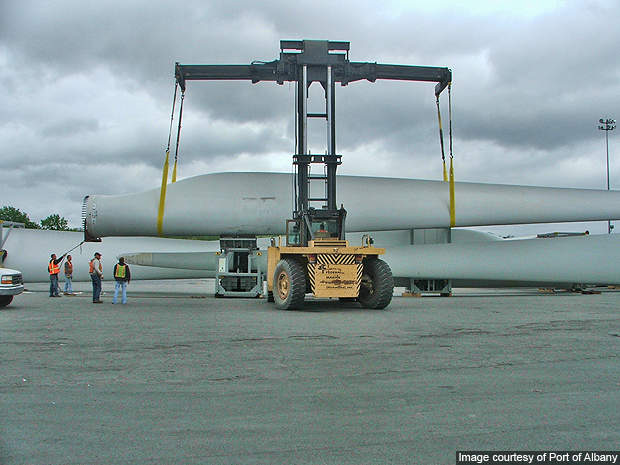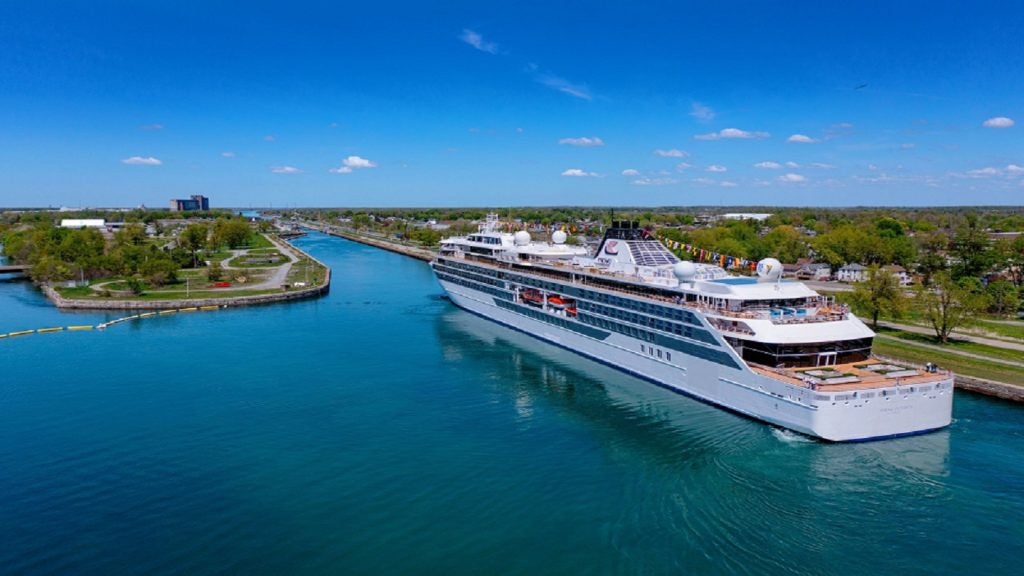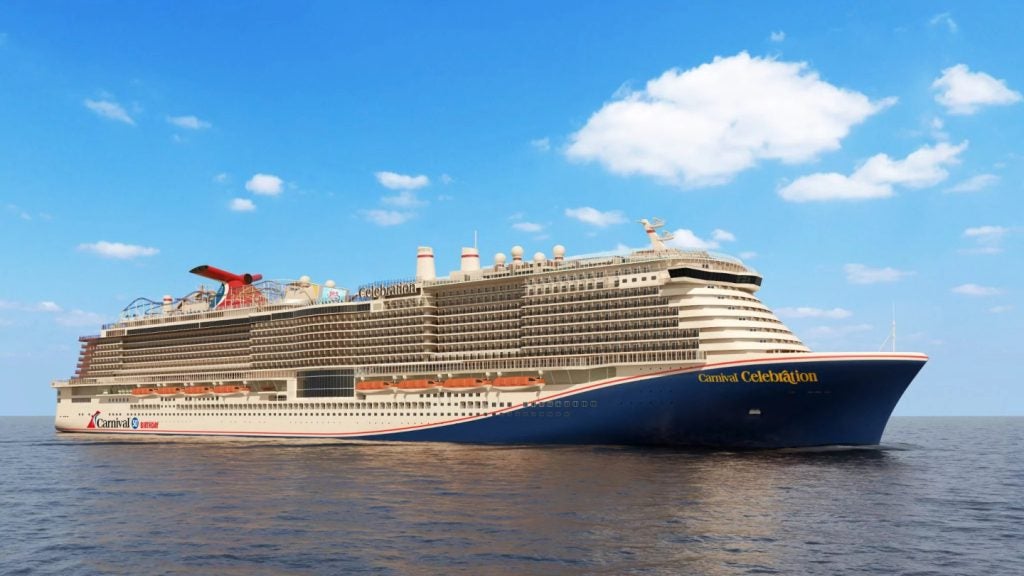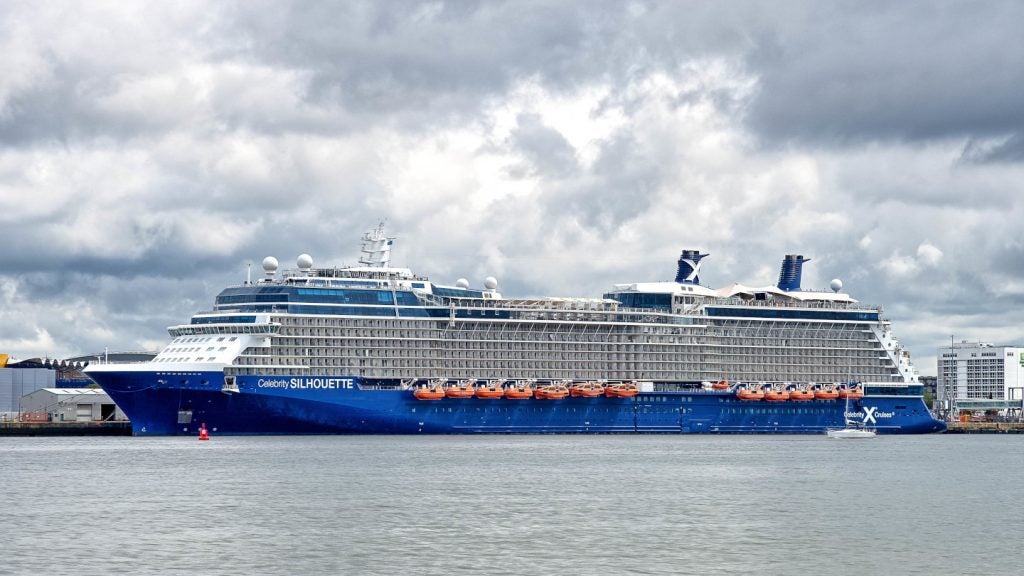The Port of Albany, also known as the Port of Albany-Rensselaer, is a major river port situated on the upper Hudson River, NY, US. The 300-year-old port is located 230km north of New York Harbour and 14km south of the Port of Troy. Albany International Airport is only 15 mins from the port.
Spread over an area of 96ha, the port has its facilities located on both sides of the river in Albany (82ha) and Rensselaer (14ha). The port area is well connected by rail lines, and roadways provide link to major interstate highways.
Albany Port history
Albany was founded as a trading post in 1624. It was made an exclusive market town by the Dongan Charter in the upper Hudson River Valley.
The port was initially composed of hastily built docks. The docks were destroyed every winter due to erosion, flooding, ice, and tidal motion and were rebuilt in the spring. In 1766, three city-owned docks were built.
Perpendicular to the port’s shoreline, a 1,300m-long, 24-wide pier was constructed in 1825. The enclosed area between the pier and the existing two bridges led to the development of the Albany Basin. In 1871, the Maiden Lane Bridge was constructed over the basin to connect Albany with the east side of the river. The Erie Canal, which was constructed between 1818 and 1825, provided the port with waterborne access to the Great Lakes.
Unveiled by Governor Franklin Roosevelt in 1932, the port was constructed on around 200 acres in the southern end of Albany and around 34 acres in the city of Rensselaer.
Albany Port operator
The Albany Port District Commission, which was created by New York State, is responsible for the development and management of the port facilities. The commission has five members, four of which are nominated from Albany and one from Rensselaer by their respective mayors.
Port facilities
The Albany side of the river has a wharf length of 1,280m, while the Rensselaer side’s wharf is 335m long. The maximum draft of the port is 9.5m and can accommodate ships with a maximum length of 288.6m and a width of 33.5m.
The port offers 270,000ft2 of warehouse space and 871,200ft2 of open storage. The port has five transit sheds and two backup warehouses, with a combined sprinklered storage space of 32,500m2. The port’s grain elevator has a rated capacity of 13.5 million bushels. The two terminals are have a bulk liquid storage capacity of 18 million gallons.
Other facilities available at the port include a 12-acre scrap yard, a 12-acre road salt depot, a standard gauge switching rail-road, and a super-sacking and de-bagging operation. To help process cargo clearance, the port is provided with on-site customs and US Department of Agriculture offices. The port also has an inspection office.
Albany Port equipment
The Port of Albany has a 225t American Crawler crane and a Liebherr mobile harbour crane. On request, the port can provide barge-mounted cranes of up to 1,000t. Container top loaders, bail clamps, bulk bagging machines and yard hustlers are also available.
Future plans
The Port of Albany is carrying out a wharf replacement and extension project to increase its cargo capacity. The first phase includes the replacement of a wooden wharf, originally built in 1927, with a concrete and steel two-berth wharf at an estimated cost of $7.6m. The project is slated to be completed by January 2011. The second phase of the project includes a wharf and rail line extension by 310ft at a cost of $5m by October 2011.

